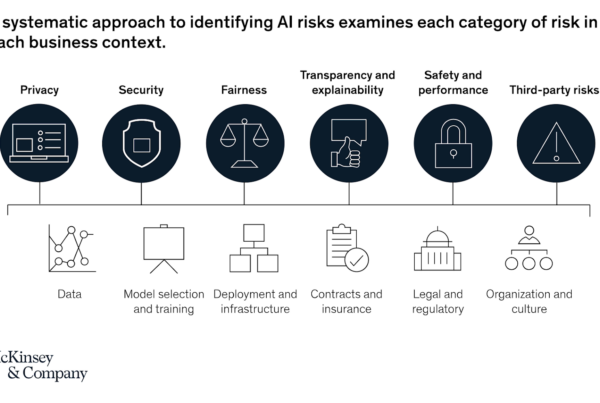“Design is not just what it looks like and how it feels. Design is how it works.” – Steve Jobs
Design, trust, and safety will dominate customer experience trends in 2021.
According to Forrester’s Customer Experience Index (CX Index), CX leaders at brands that advanced in the past year did so by adopting multiple competencies (i.e., vision-focused competencies like measure, research, prioritize, design, and enable). The systemic changes that achieved real staying power were the result of the pandemic-driven evolution of CX.
Here’s a closer look at the information shared in Forrester’s “Prediction 2021 for CX leaders” presentation, featuring David Truog, Forrester VP, Research Director, as well as expert weigh-ins from some of my colleagues who specialize in CX design and innovation.
Strengthening Design
CX design defines and refines customers’ experiences. This includes objects, interactions, structures, communications, software, spaces, rules, and plans.
“The attributes of customer experience are defined by a new paradigm,” explains Dr. Robert Rippee, Executive Director at Black Fire Innovation Hub at the University of Nevada-Las Vegas. “The pandemic drove most of us into isolation; isolation from the traditional forms of interaction and in-person experience. It drove us online in mind-staggering numbers. Where online customer engagement was and continues to be defined by a constantly increasing bar. A bar of customer experience with attributes including design creativity, a focus on building relationships, and the trust of the user…just ask Netflix.”
Earning Trust
“Analog businesses are used to building trust with person-to-person interaction. In the digital realm, that trust gets built with customer experience,” says Nick Johnson, who is a principal at Applico and co-author of bestseller Modern Monopolies. “A high-quality CX enables you to quickly build trust with consumers. Well-designed technology makes trust scalable, and it enables human resources to be redeployed where they add the most value.”
Forrester says there is a trust shortfall across sectors. During the pandemic, healthcare providers were identified as the “most effective guidance through the crisis” (scoring 58%). Examples of companies that worked to take concrete measures to try to earn customer trust include Target, Uber, and Harrod’s.

Five factors to determine user trust and build confidence (true in both physical and digital world):
- Effectiveness – Are users able to accomplish their goals?
- Ease – Do users feel the level of effort is appropriate?
- Confidence – Do users feel confident about their actions and outcomes?
- Freedom – Can users perform the actions they want?
- Appearance – Does the appearance meet users’ needs and expectations?
Innovating for Safety
There is a need and opportunity for safety. Forrester’s research points to consumers’ behavioral changes as the pandemic has elevated awareness of public surfaces (e.g., ATM machines, elevator buttons, point of sale devices, and more). Truog recommends that companies should consider this interaction point and how to evolve it to help customers feel safer.
Zero UI is one such approach for minimizing surface contact and interactivity (i.e., modules that are not typically used in traditional interfaces that use screens, trackpads, etc.). The most likely and promising of Zero UI innovation are personal devices as near-field interfaces with a range of intents and discretion, like using a phone or watch to pay. For example, JetBlue has started using this on the back-of-the-seat touch screen to pair phones so that passengers don’t have to touch the screen.
There have been dramatic technological, process, and behavior changes in the past year. An example of this is virtual healthcare growth. Virtual health care will be a lasting part of the future; an increase in visits is in part due to a “Forced behavior” but convenience, effectiveness, and structural changes will drive continued demand in 2021 and beyond. This example is a good illustration of accelerating new behaviors and patterns. A crisis begets a need and accelerates innovation and differentiation.
“With everything going hyper-digital in 2020 because of the pandemic, CX is a more important part of the equation than ever before. Consumers want the cleanest looking and easiest to use platforms and we see within our portfolio that the companies on faster growth planes – like Grove or Fakespot – almost always have the best CX. Continuing to build customer relationships, especially in the digital world, is going to be of the utmost importance in 2021 and you don’t want to immediately push prospective customers away by giving them a bad experience,” says Paul Martino, Managing Partner at Bullpen Capital.
CX design has been on the edge of transformation efforts but with the impact of a global pandemic, its potential for shifting the customer experience puts it at the forefront of the conversation. Design, trust, and innovation will play a pivotal role in how organizations effectively and competitively navigate their position in a post-Covid marketplace.










